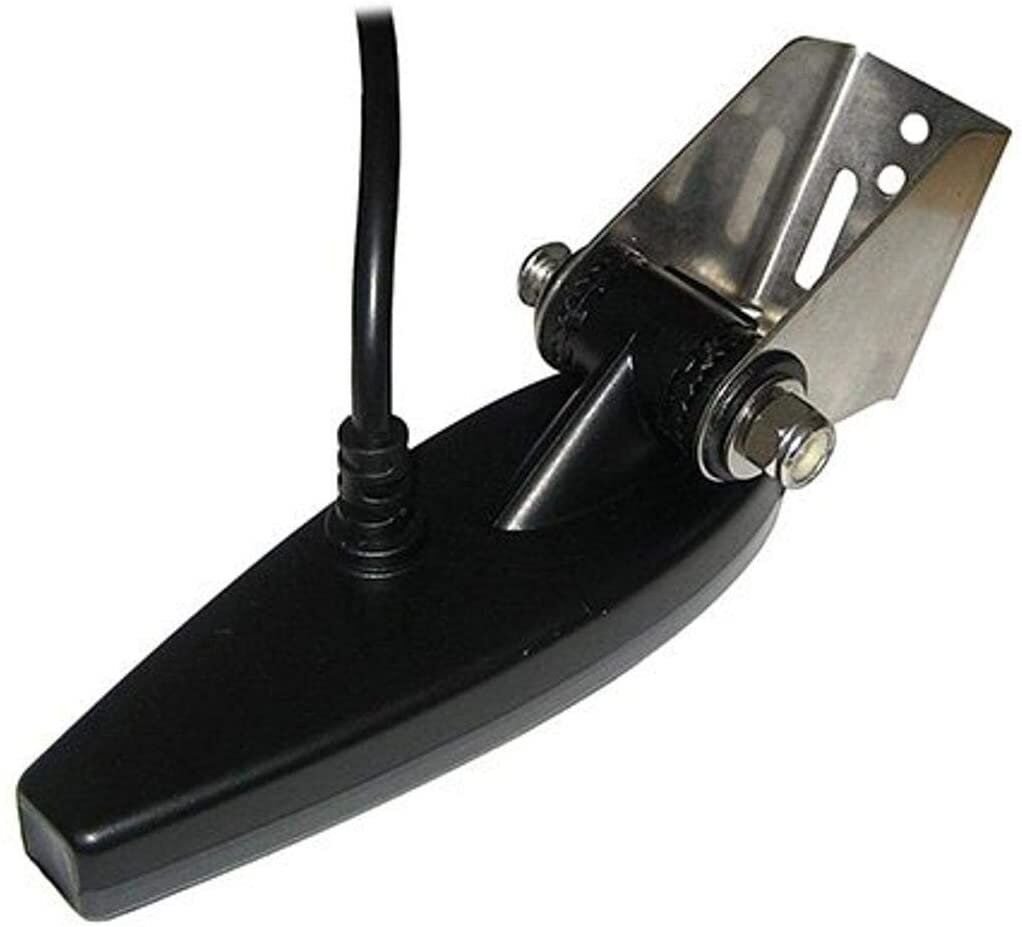
How to Choose the Perfect Transducer for Your Fishfinder TheOnlineFishingStore
How to Choose the Perfect Transducer for Your Fishfinder
When it comes to elevating your fishing game, the right transducer can be the difference between a successful day on the water and heading home empty-handed. The transducer is your fishfinder's powerhouse—it transforms sonar signals into precise underwater images, helping you locate fish, structure, and depth variations. But how do you choose the perfect one? Dive into this ultimate guide to finding the right transducer for your needs.
What Does a Transducer Do?
The transducer is the beating heart of your fishfinder system. It converts electric signals into sound waves and interprets the echoes to display what lies beneath the surface. Whether you're navigating shallow lakes, deep oceans, or complex underwater terrain, having the right transducer ensures crystal-clear visuals of fish and structure.
5 Key Factors to Consider When Choosing a Transducer
- Mounting Style That Fits Your Boat
• Transom-Mount: Best for small boats; easy to install and perfect for speeds under 15 knots.
• Thru-Hull: Ideal for large vessels and high-speed applications; ensures uninterrupted sonar performance.
• In-Hull: Great for boats with flat bottoms; no drilling needed, as these attach internally.
Pro Tip: Consider your boating style and frequency of use to select the most practical mounting option.
- Sonar Frequency Options
• Single-Frequency Transducers: Perfect for shallow-water anglers. Go for 200kHz for maximum clarity.
• Dual-Frequency Transducers: Versatile choice for deeper waters, offering both high and low-frequency options.
• CHIRP Technology: The ultimate solution for serious anglers, delivering unparalleled target separation and image clarity.
- Cone Angle Explained The cone angle determines the sonar beam's width. A wide cone angle (e.g., 40°) is excellent for shallow water, scanning a larger area. A narrow cone angle (e.g., 20°) provides greater accuracy and is perfect for deeper waters.
- Material Choices for Durability
• Plastic: Lightweight and versatile; commonly used for transom mounts.
• Bronze: Long-lasting and ideal for thru-hull installations, especially on fiberglass boats.
• Stainless Steel: The strongest option for metal hulls or harsh marine conditions.
- Power and Depth Capability If you fish in deep-water environments, look for a transducer with higher wattage for superior depth penetration and image clarity. For shallow lakes, a lower-powered transducer works just fine.
Advanced Features to Look For
• Temperature Sensors: Stay ahead of the game by tracking water temperature for the best fishing conditions.
• Speed Sensors: Monitor trolling speed for more accurate fishing strategies.
• Side Imaging and Down Imaging: Explore underwater terrain and fish movement with advanced imaging features.
Maximize Your Fishing Success with the Right Transducer
Still wondering how to pick the perfect transducer? The answer lies in matching your fishing style, boat type, and fishing environments. Whether you’re chasing bass in shallow waters or targeting grouper in deep oceans, the right transducer can make your fishing trips more rewarding.
Find the Perfect Transducer at The Online Fishing Store
At TheOnlineFishingStore, we take the guesswork out of selecting the right transducer. Browse our wide range of premium transducers, featuring top brands and advanced technologies like CHIRP. Upgrade your fishfinder today and make every fishing trip a success!
FAQs About Transducers
1. Can I use a single-frequency transducer for deep-sea fishing?
Single-frequency transducers work best in shallow waters. For deeper waters, dual-frequency or CHIRP transducers are recommended.
2. How do I know which mounting option is right for me?
Consider your boat type, speed, and whether you prefer external or internal installation.
